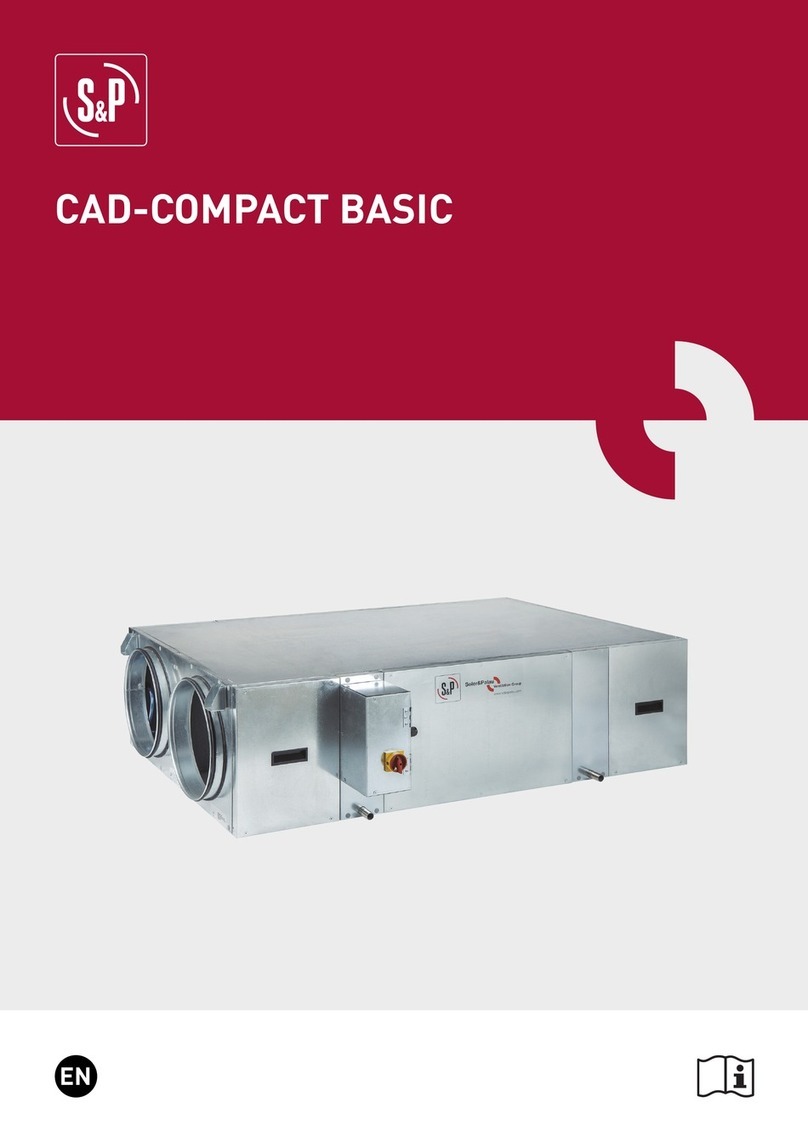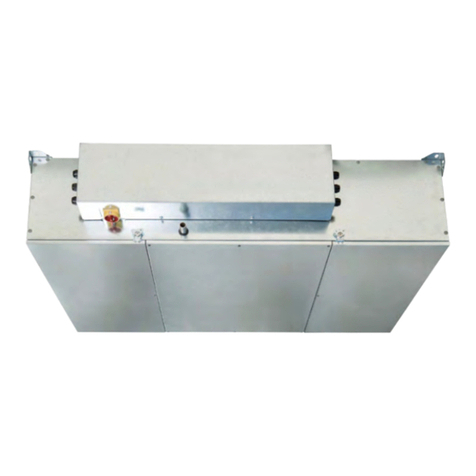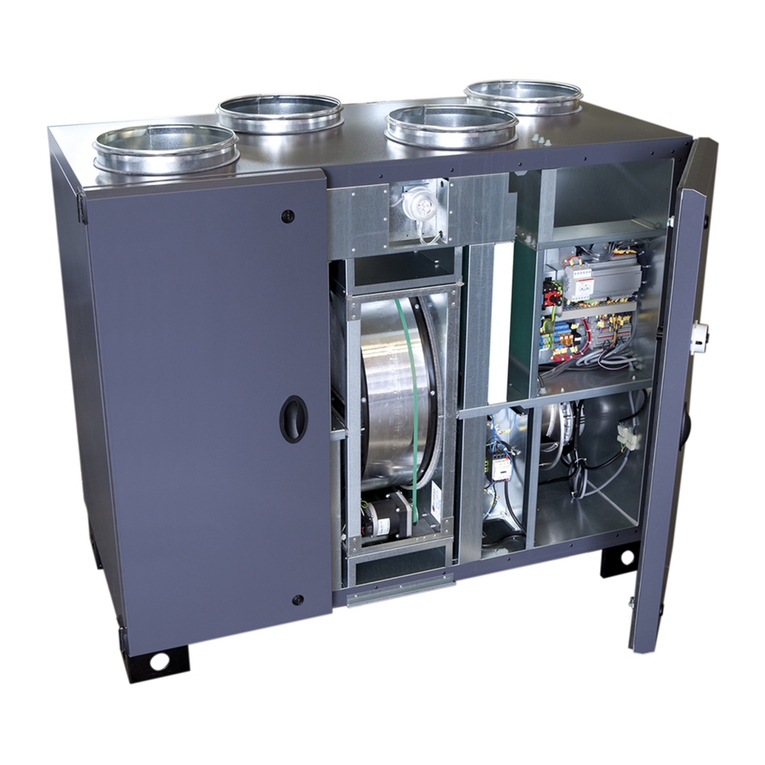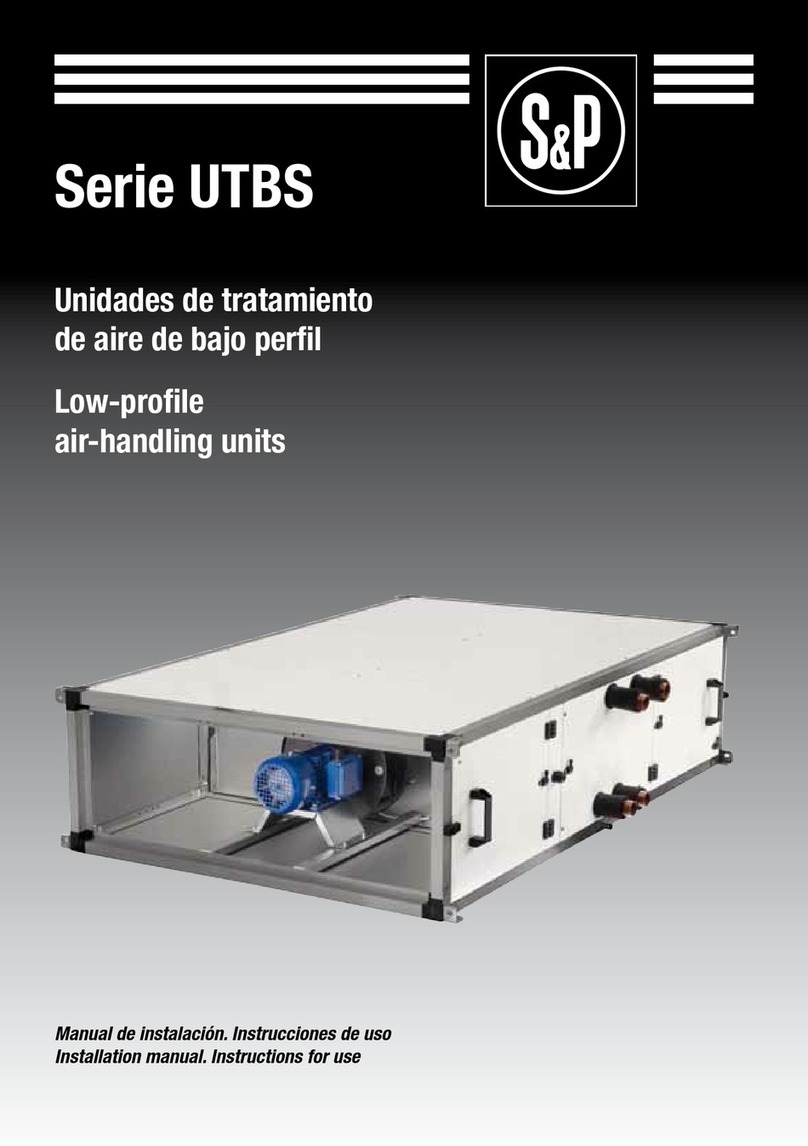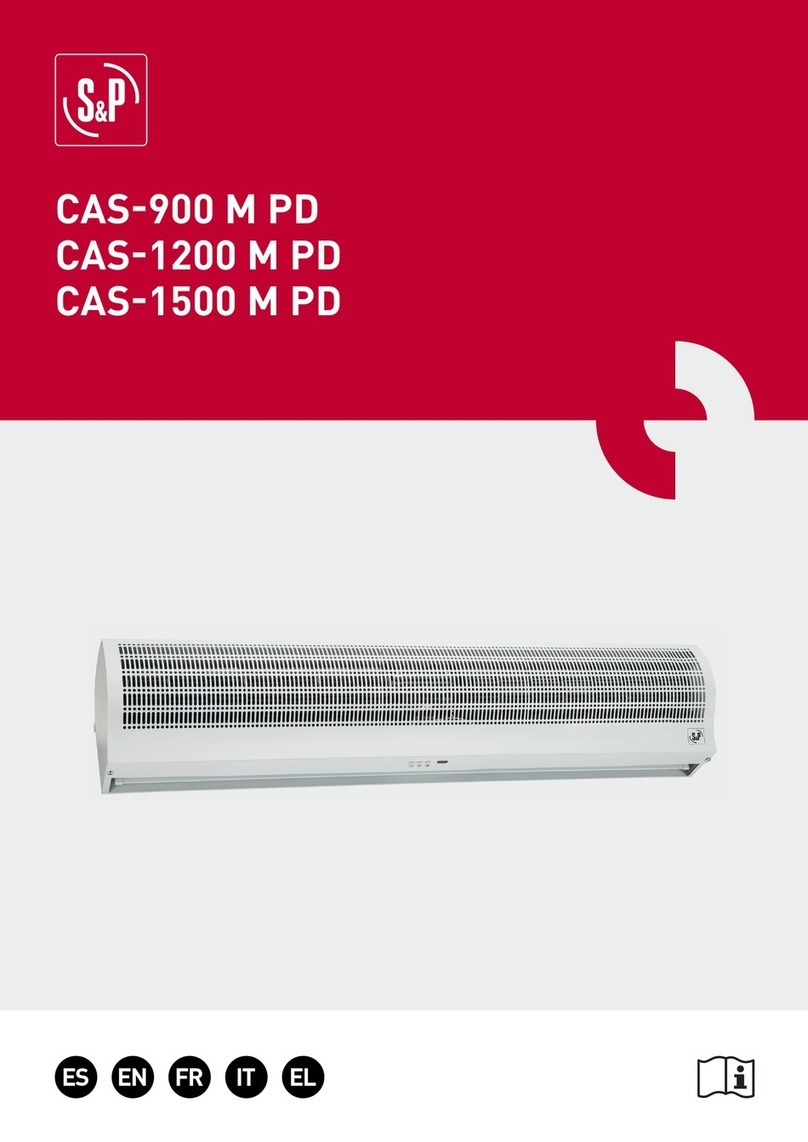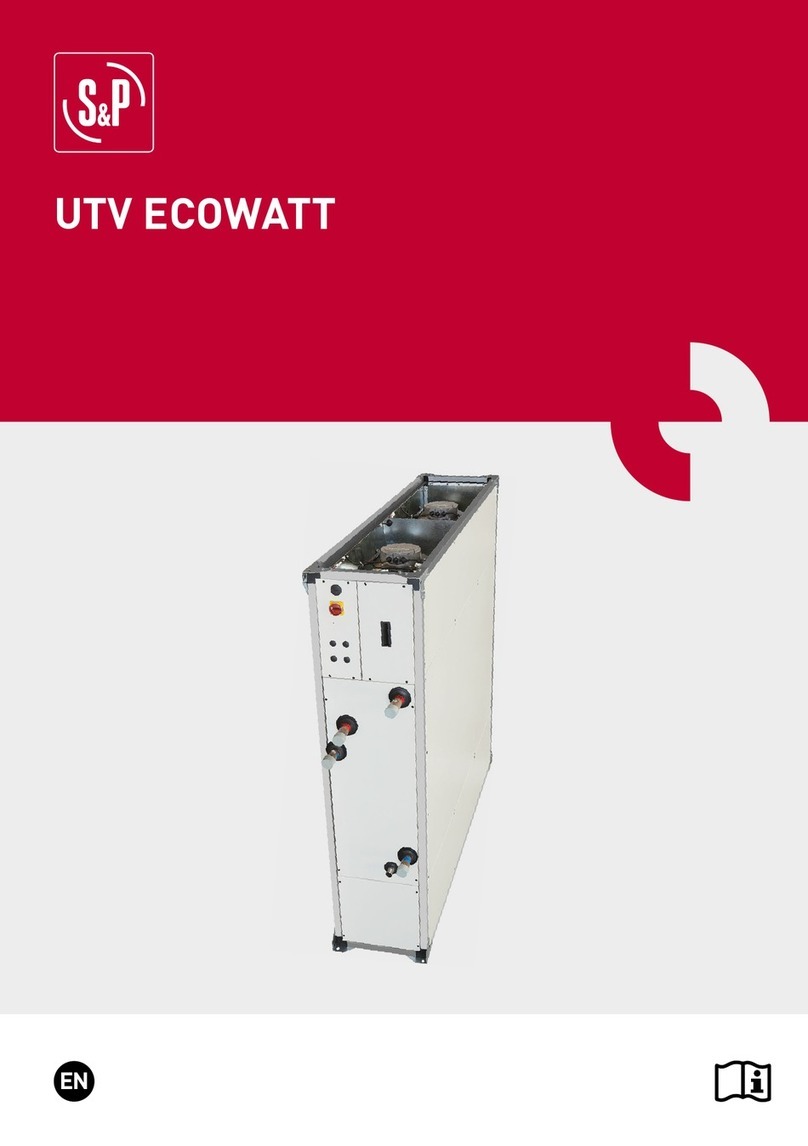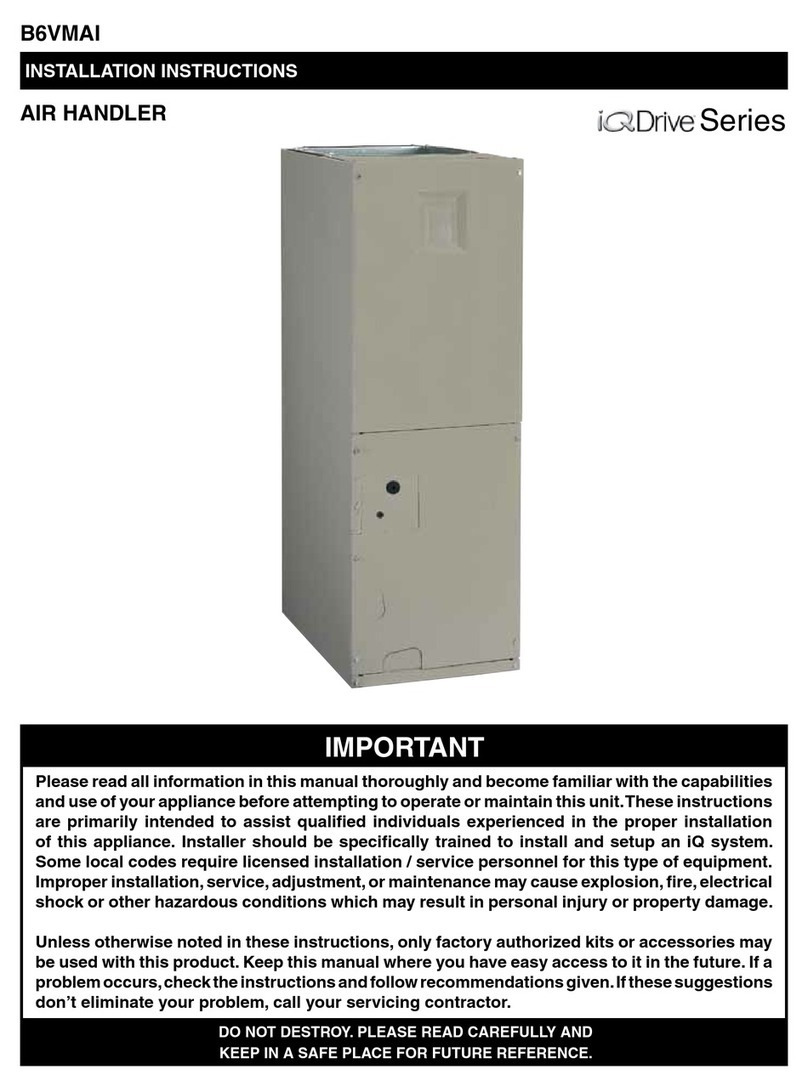
3
INDEX
1. OVERVIEW .........................................................................................................................................5
2. SAFETY STANDARDS AND “EC” MARKING ........................................................................................5
3. GENERAL STANDARDS.......................................................................................................................5
4. UNIT LABELING ..................................................................................................................................6
5. TECHNICAL CHARACTERISTICS.........................................................................................................6
6. HANDLING .........................................................................................................................................8
7. INSTALLATION...................................................................................................................................10
7.1. Overview .....................................................................................................................................10
7.2. Identification unit parts ..............................................................................................................11
7.3. Installation site...........................................................................................................................11
7.4. Maintenance space.....................................................................................................................11
7.4.1. Dimensions .....................................................................................................................12
7.4.2. Space for maintenance...................................................................................................15
7.5. Assembling the modules............................................................................................................17
7.5.1. Additional filters mounting.............................................................................................18
7.5.2. Assembling flexible connections.................................................................................... 18
7.5.3. Mixing module installation .............................................................................................19
7.5.4. Installation with isolation damper..................................................................................19
7.6. Connecting the unit to the duct system ..................................................................................... 21
7.7. Direct expansion coils connection (DX)...................................................................................... 22
7.8. Drainage system.........................................................................................................................23
7.9. Electrical connection..................................................................................................................23
7.10. Temperature probes location ................................................................................................... 24
8. START-UP PROCEDURE ...................................................................................................................26
9. CONTROL FUNCTIONS......................................................................................................................27
10. CONTROL DIAGRAM..........................................................................................................................29
11. REMOTE CONTROL OPERATION.......................................................................................................32
11.1. Change language......................................................................................................................32
11.2. Simplified menus / accesses....................................................................................................32
11.2.1. User level ......................................................................................................................32
11.2.2. Installer level ................................................................................................................33
11.3. Operation fan modes ................................................................................................................35
11.3.1. Constant airflow operation (CAV) .................................................................................35
11.3.2. Variable airflow operation (VAV) ...................................................................................37
11.3.3. Constant pressure operation (COP)..............................................................................38
11.3.4. Control slave of an external fan (For all working modes)............................................41
11.4. Postheater control....................................................................................................................42
11.4.1. Constant supply air temperature maintenance ...........................................................42
11.4.2. Constant ambient temperature maintenance.............................................................. 42
11.4.3. Temperature set point adaptation vs. outdoor temperature........................................43
11.4.4. Automatic control mode ...............................................................................................43
11.5. Initial temperature setpoint .....................................................................................................43
11.6. Time programming...................................................................................................................44
11.7. Mixing module control (3 Ways) ...............................................................................................47
11.7.1. Without mixing module................................................................................................. 47
11.7.2. CO2control ....................................................................................................................47
11.7.3. Temperature control..................................................................................................... 47
11.7.4. CO2control and temperature........................................................................................ 47
ENGLISH












